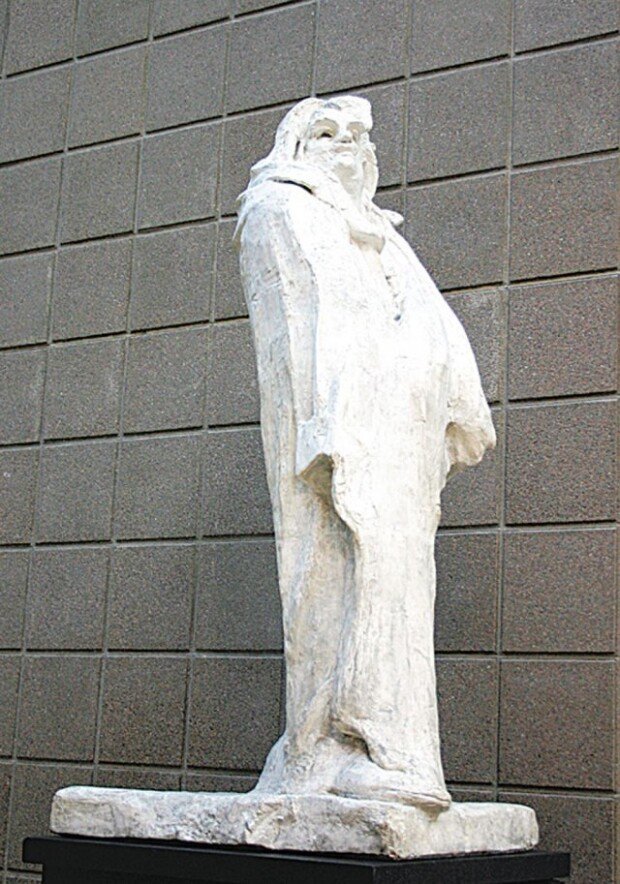Rodin’s contradictory choice
Rodin’s contradictory choice
Posted October. 28, 2021 07:33,
Updated October. 28, 2021 07:33

Auguste Rodin faced a political crisis due to the sculpture of French literary artist
Honoré de Balzac he made at the age of 58. Now it is considered the greatest sculpture of the 19th century but it was under huge criticism at the time and even refused by the orderer. It also got him involved in a sensitive political scandal. What happened with the sculpture?
Balzac became a master of French realism literature after writing over 100 pieces during his life of 51 years to write day and night to pay back a huge amount of debt. The French Writers Association commissioned Rodin to make a sculpture to commemorate the 50th anniversary of the writer’s death in 1891. Rodin was recommended by Émile Zola who was newly elected to chair the association. Rodin took seven years to finish the piece, including four years of research. He studied the face and body shape of Balzac as well as his clothes, personality, and lifestyle to showcase the final version of a plaster cast at Salon de Paris in 1898.
People were shocked to see the sculpture. The sculpture of the writer standing under the moonlight in a cape was bold and rough without details, which was mocked for resembling a snowman or toad. The association refused the piece, saying that it was offensive, rather than arousing respect for the writer. Rodin’s colleagues tried to help him. They held a fundraiser to produce a bronze sculpture, which put Rodin in deeper trouble as most participants of the fundraiser were supporters of Alfred Dreyfus. At the time, the French society was divided due to an incident surrounding Dreyfus who was a young officer of Jewish ancestry and had false charges of spying. The anti-Semitic conservatives claimed that Dreyfus was guilty while the progressive intellectuals argued for his innocence. Rodin who was against Dreyfus found himself in a tricky situation.
In the end, Rodin decided to join the side of people who criticized his work. He returned the commission and kept the piece at his home until his death. It was 22 years after Rodin’s death that the plaster cast was made into a bronze sculpture to be showcased to the world.







